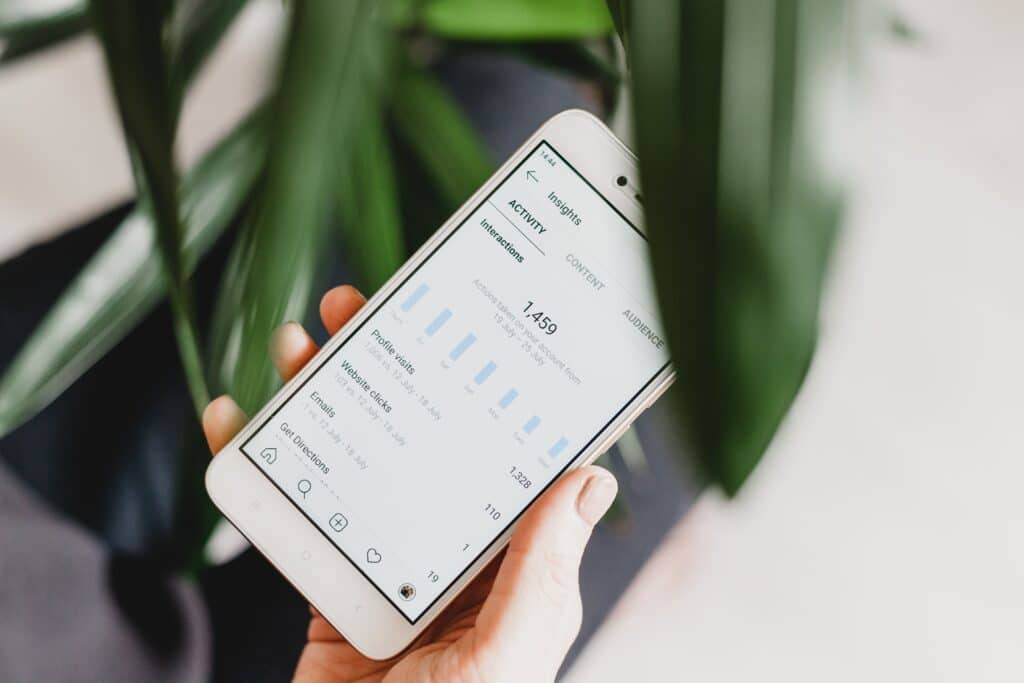Jumping into the world of social media can be daunting. Trends and platforms are constantly changing, making it challenging even for seasoned pros. If you’re thinking about starting or updating your social media program, you may have questions. For example, how often should I be posting, what are the best hashtags for me to use, and what kind of content will perform well? There are tons of elements required to execute a successful social media program, but today, I’m going to hone in on three key areas and provide some quick tips for creating good content, managing content, and driving engagement on your social platforms. Let’s dive in.
- Finding Your Persona and the Right Tools
It’s important to have a strong sense of brand and carry that through to your social pages. Images and language should match the branding on your website. First things first, you should begin to decide on a social media ‘persona.’ Having a consistent tone throughout all the posts will allow followers to know what to expect from you and build a relationship with the content. Decide whether this tone will be humorous, informal, informative, serious, motivating, etc. Next, think about what sorts of posts you’ll be sharing to match this persona, this could include blogs, webinars, podcasts, employee highlights, pop culture references, holidays, fun cartoons, thought leadership, trivia posts, etc.
Once you’ve determined your social media persona and have an idea of what type of content you’ll share, it’s time to create a content calendar or living spreadsheet that’s updated on a regular basis with planned social posts. Depending on what works for you, this content could be planned the week before or the month before, etc. Here is a template I’ve created and used as an example. When you have content planned ahead of time, you can schedule it in a platform like Agorapulse, Hubspot, Airtbale, and others.
Another option is creating everything in CRM tools like Hubspot (which track and automate social media activities, aligning them with larger marketing campaign initiatives). If you’re not sure, spend a few weeks trying both approaches to see which works better for you and your team. The most important thing is to keep a consistent flow of content, which lead me to my next point.
- Managing Your Content
When deciding on a regular cadence for posting, it’s key to be realistic about what will be sustainable for you. Do you actually have enough content to post daily, or is a few times a week more doable? Pick how many posts you’ll put out a week, on what social media platforms, and plan your social media calendar accordingly.
It’s beneficial to ensure that you’re sharing the same types of new content regularly. If you’re going to post about a new blog or upcoming webinar, make sure you do it for all of them, not just occasionally. Followers become accustomed to seeing and reading your blogs. If they consistently see you’re sharing webinars on topics they’re interested in, they’re more likely to sign up for one eventually! For LinkedIn specifically, its algorithm favors certain content types over others, so it’s crucial to have different content on LinkedIn. Mix it up and don’t be afraid to try new things!
It’s also key to include UTM links and tracking in your social media posts that tie back to marketing campaigns in a CRM. This allows tracking attribution of lead gen to social activities (you need to be able to prove your activities are contributing to pipeline…which leads me to my next point).
- Driving Engagement
Once you’ve been posting regularly it’s time to analyze the performance of your posts. Do they like certain types of content more than others (ones with images, ones for webinars, ones with case studies, ones with events, ones with video, etc.)? Do they engage more with content on certain days of the week or times of day? Are certain hashtags helping to amplify your content into other feeds? When you tag people in your posts, is that helping drive engagement? These are all questions you should be able to answer.
Once you begin posting and gaining followers, it’s crucial to engage with your followers. Like and respond to their comments, ask them questions, and interact with their posts as well. Followers are more likely to keep coming back if they can count on you for a response or meaningful conversation. A pro tip is to follow other relevant accounts that align with your industry, brand, or vision. This will help you to grow in those communities.
I want to hit on tagging a bit more in-depth. For some tools like Hubspot, when you do a LinkedIn post, you have to go back and manually tag people on LinkedIn, the tool doesn’t have that feature…but it does do it for Twitter. Tagging is vital to ensuring your content shows up in other thought-leaders feeds, so their followers can see it (or that person can share it). However, new research actually shows tagging too many people or using too many hashtags is bad. So don’t go overboard.
Although algorithms are continuously changing, three hashtags is currently the magic number. The LinkedIn algorithm will only index the first three hashtags mentioned in your post. Making it important to choose hashtags that align well with your brand, messaging, and key positioning so you can become a part of the right conversations.
Are you ready to build a stand-out social media program? I hope these quick tips were helpful. Don’t have time to manage your own social program? Give us a call, we’d love to chat about how our team can help!

